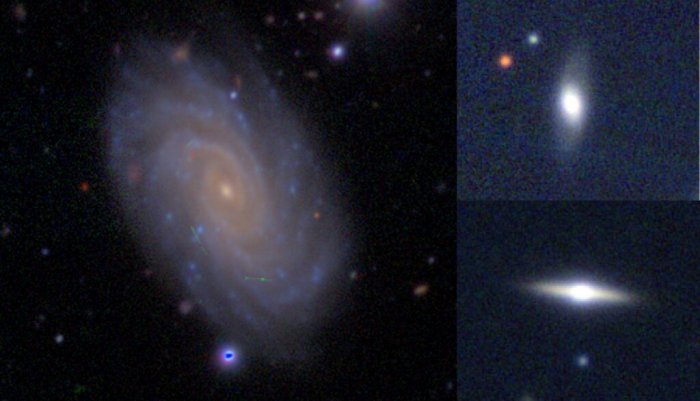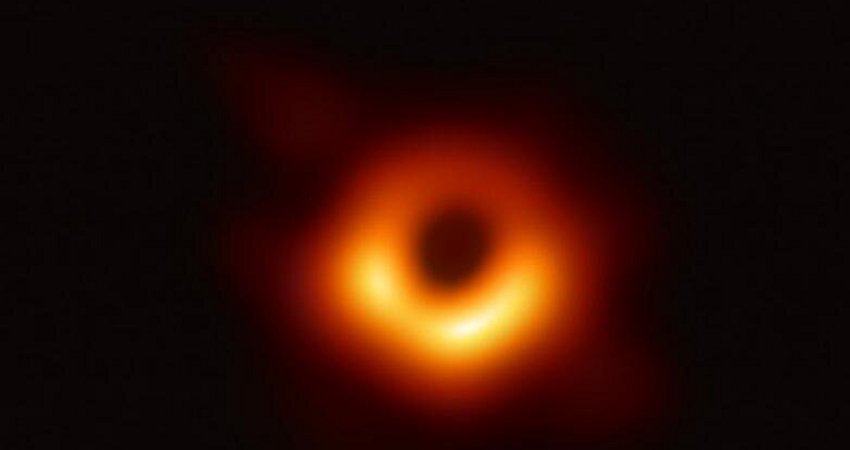Researchers Can Map The Galaxy With Spectra At Many Points Across The Galaxy
Eddie Gonzales Jr. – MessageToEagle.com – “This is a subtle signal that is really hard to detect in the observations,” says Dr. Barsanti.
It has been made possible with the advent of integral field spectroscopy, a technique in which an optical instrument combines spectrographic and imaging capabilities to build a 3D image of a galaxy and at the same time resolve its internal motions.
Examples of SAMI galaxies with central bulge and surrounding disc. Credit: Hyper Supreme-Cam Subaru and Pan-STARSS
This study used a spectroscope called SAMI, attached to the 3.9-meter wide Anglo Australian telescope located in Siding Spring, New South Wales.
Researchers used SAMI to survey 3,068 galaxies between 2013 and 2020. This staggering amount of data has taken years to study and has supplied direct evidence for the paper published.
“With the SAMI Galaxy Survey we have spatially resolved spectroscopy allowing us to map the galaxy, with spectra at many points across the galaxy,” says Dr. Barsanti. “This tells us the internal motions of the stars and gas within the galaxy, so we can measure its overall spin. These results will inform the next big stage of our research, the Hector Galaxy Survey. Hector is the next-generation spectrograph replacing SAMI at the Anglo-Australian Telescope, which we’ll use to survey around 30,000 galaxies.”
Professor Stuart Wyithe of the University of Melbourne, who is Director of ASTRO 3D, says the paper advances the Centre’s key goals of tracing the distribution of matter from the earliest times in the universe to the present day, and to build a 3D picture of the formation and evolution of the universe that we see today.
“Using the power of the SAMI galaxy survey, which measured the 3D structure of individual galaxies as well as their position in space, this paper shows how the motions of mass in galaxies and positions of galaxies are connected, which is an essential piece in understanding how galaxies assembled,” says Professor Wyithe
The study was conducted in collaboration with researchers from the Australian National University, University of Sydney, Johns Hopkins University, University of Hamburg, University of Cambridge, and Macquarie University.
Written by Eddie Gonzales Jr. – MessageToEagle.com Staff











